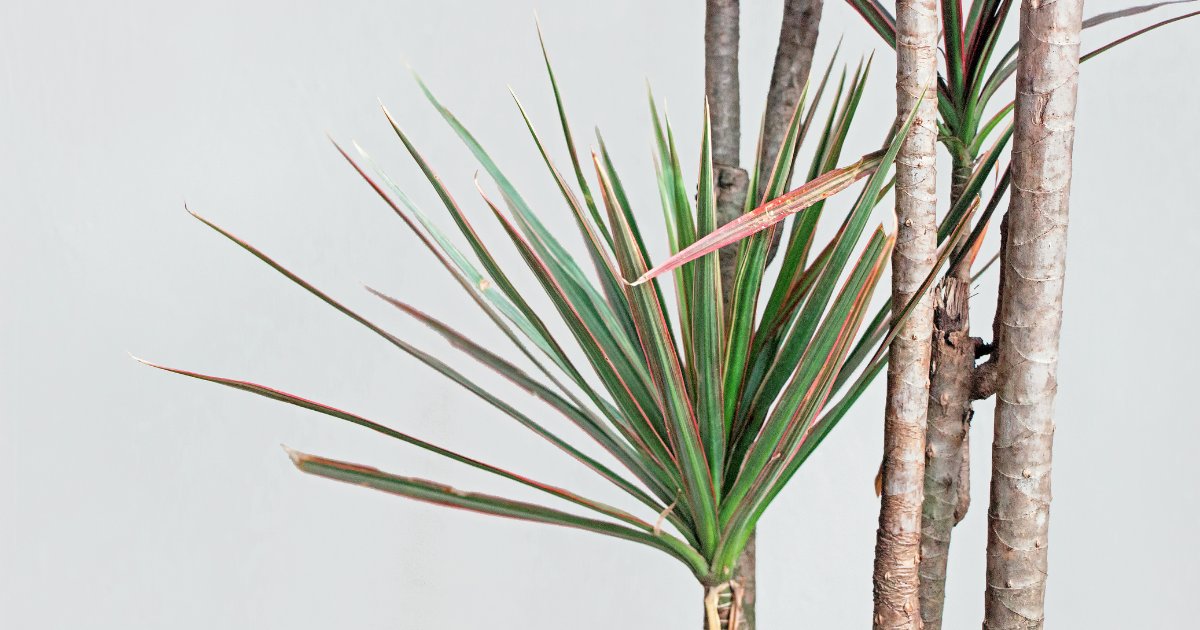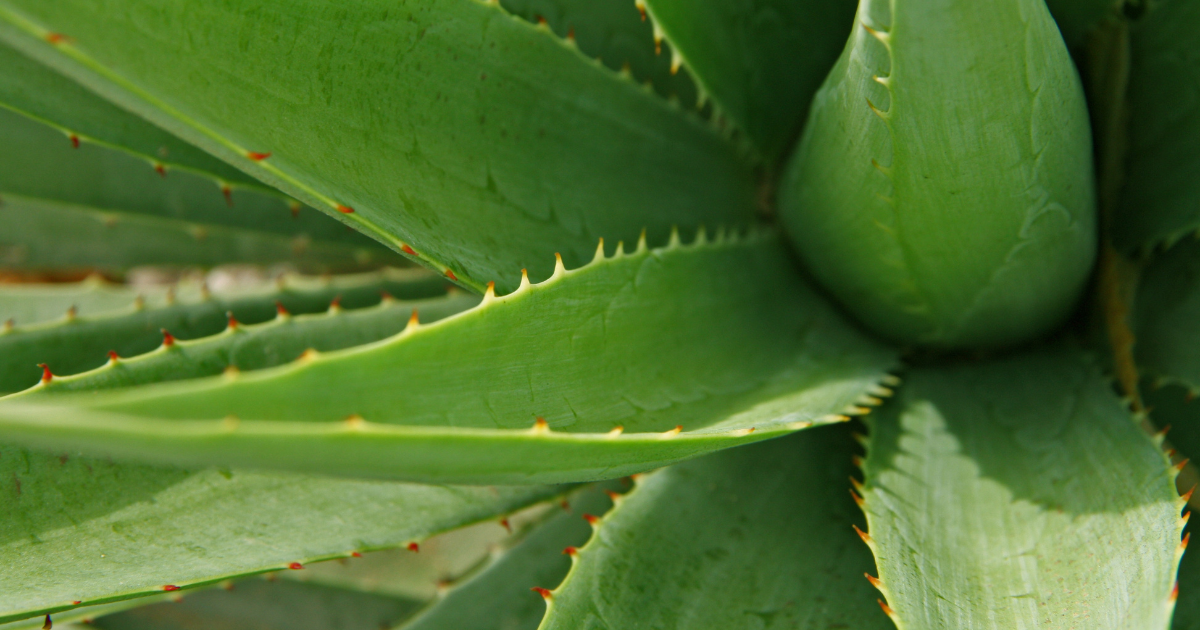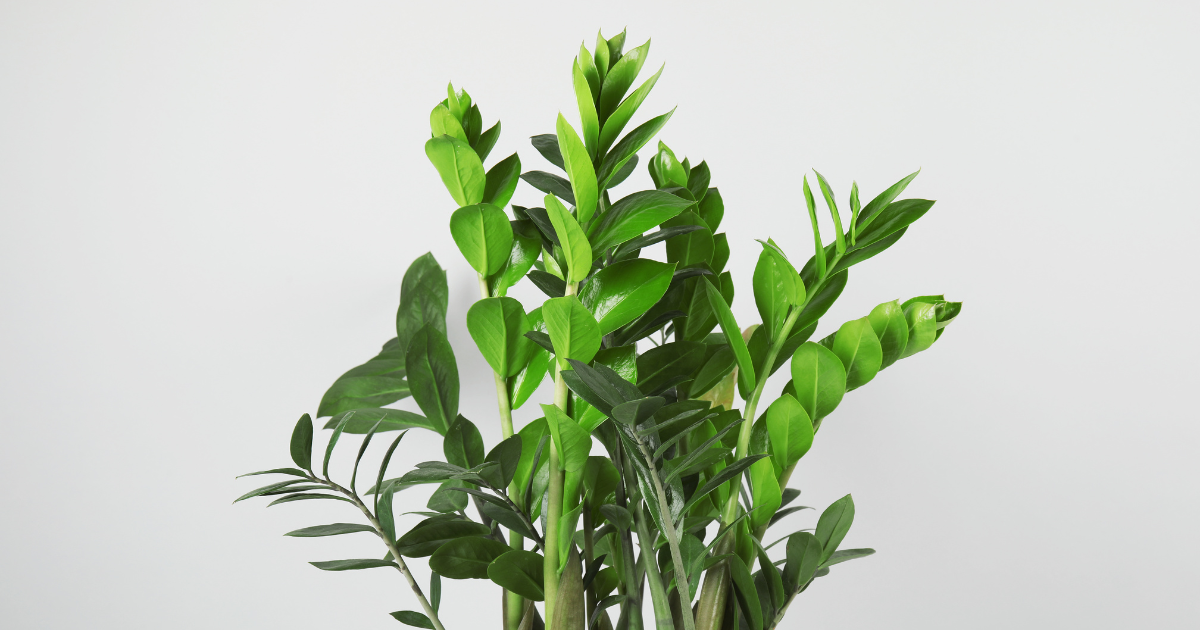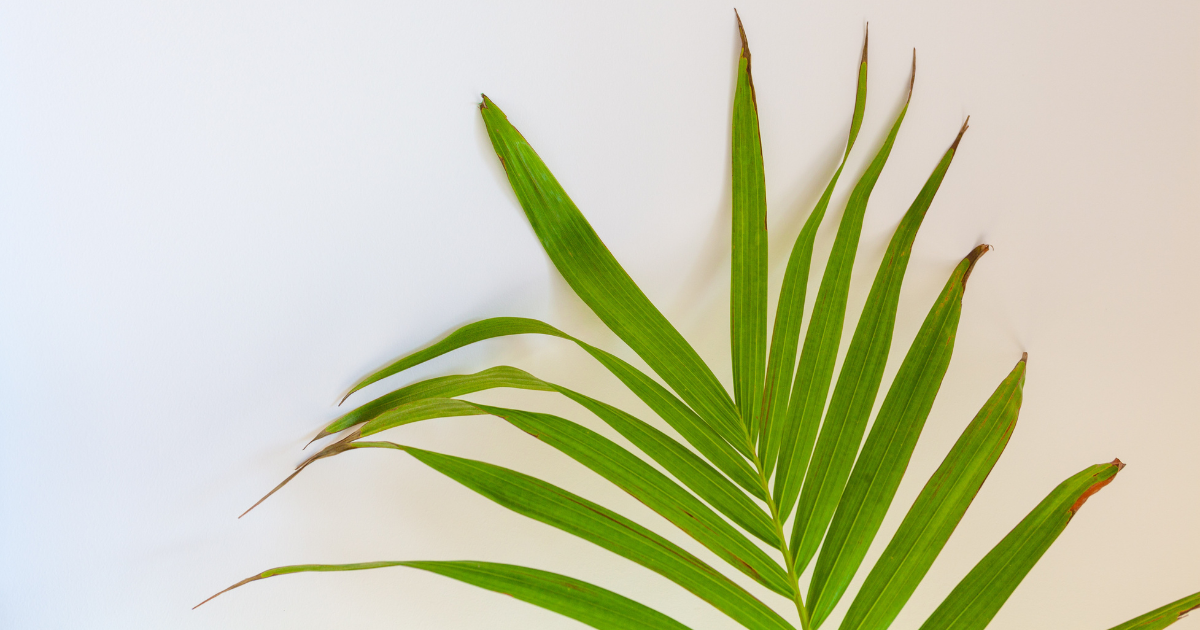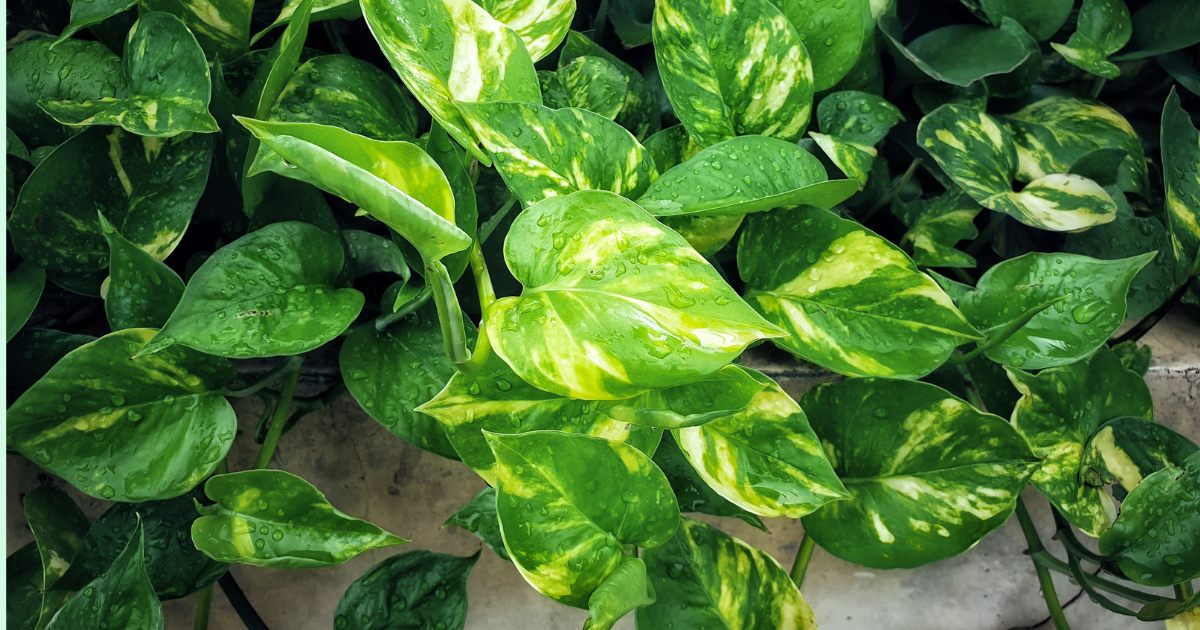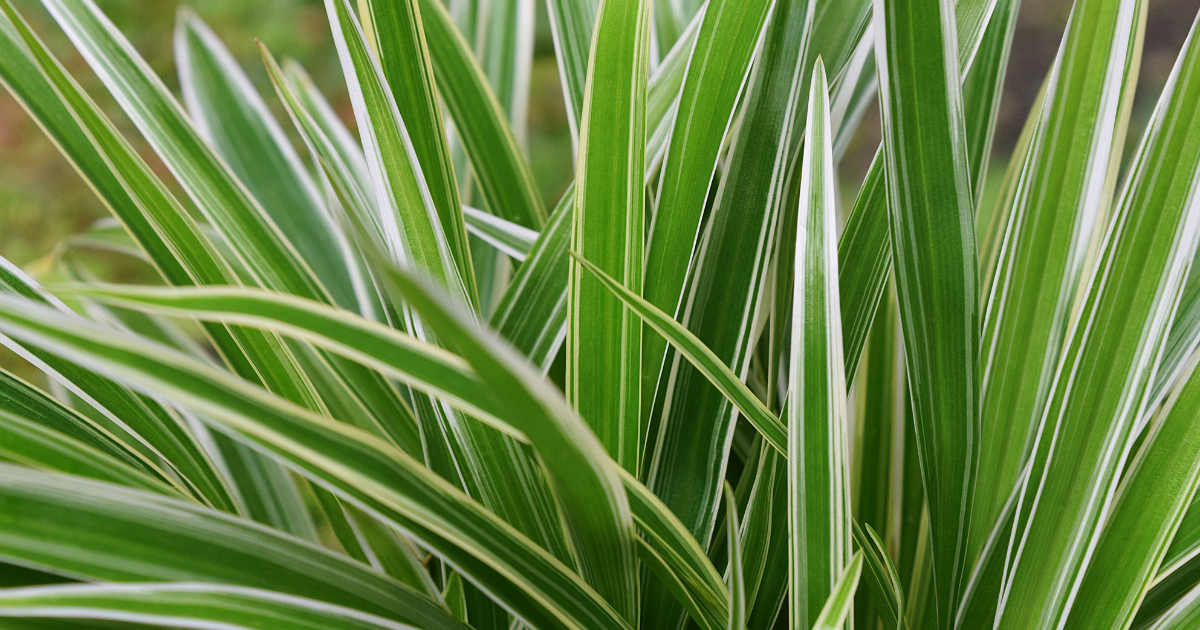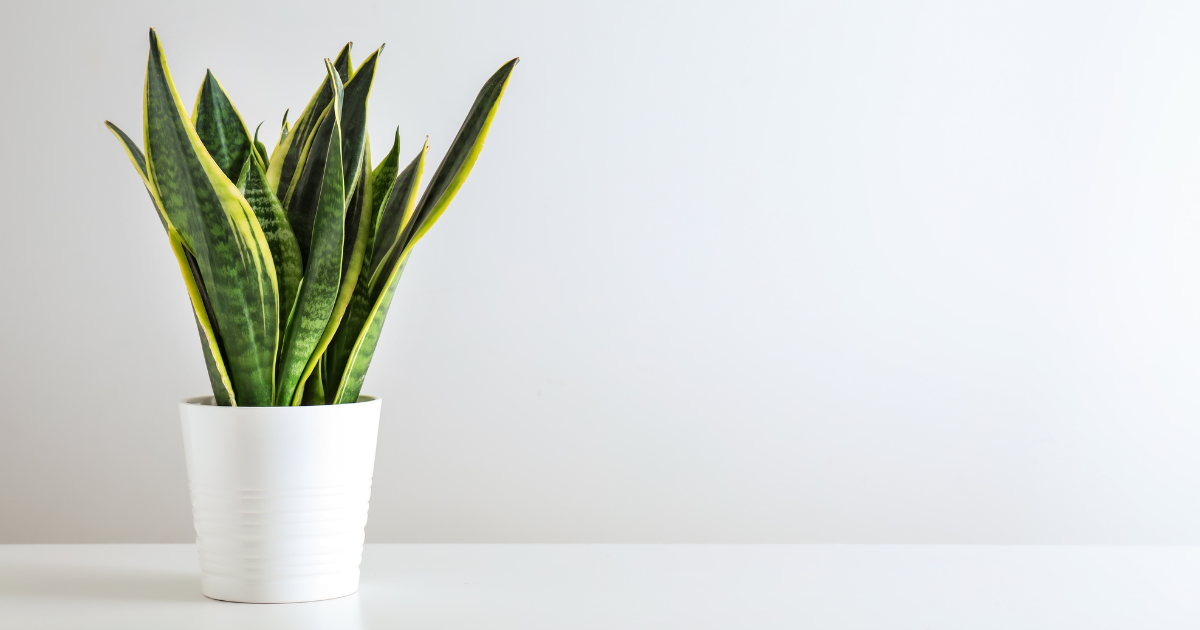Creating a healthy home environment is not just about aesthetic appeal; it's also about fostering a space that promotes well-being. Integrating houseplants into your home can significantly enhance indoor air quality, mood, and overall health. Here's a comprehensive guide on the best indoor houseplants for health, drawing on the benefits and care tips for each.
1. Dracaena Marginata
Health Benefits
Dracaena Marginata, or theDragon Tree, is recognized for its remarkable ability to purify indoor air. It filters out harmful toxins such as benzene, found in vehicle exhausts and certain plastics; formaldehyde, present in varnishes and particle boards; xylene, in many cleaning agents; and toluene, in paint thinners. These chemicals are common in household air and can contribute to indoor air pollution, which the Dracaena Marginata helps mitigate.
Care Tips
This plant is notably resilient, thriving under minimal care. It prefers indirect light but can adapt to lower light conditions, making it versatile for different indoor spaces. Watering needs are modest, with the soil needing to be slightly dry between watering sessions. This low maintenance requirement, combined with its air-purifying capabilities, makes it an ideal plant for enhancing indoor health and aesthetics.
2. Aloe Vera
Health Benefits
Aloe Vera is well-regarded not just for its skin-soothing properties but also for its role in improving indoor air quality. It releases oxygen and absorbs carbon dioxide at night, promoting a healthier breathing environment. The gel from Aloe Vera leaves is rich in vitamins, enzymes, amino acids, and other compounds beneficial for skin health, providing natural relief for burns, cuts, and dry skin.
Care Tips
Thriving in bright light conditions, Aloe Vera is perfect for sunny indoor locations like kitchen windowsills or bathrooms where light is abundant. Its water requirements are minimal, needing only occasional watering when the soil has completely dried out, reflecting its desert origins.
3. ZZ Plant
Health Benefits
TheZZ Plant (Zamioculcas zamiifolia) contributes to indoor health by absorbing toxins such as benzene and xylene, chemicals often found in indoor environments due to the presence of synthetic materials, paints, and cleaners. By purifying the air, the ZZ Plant helps reduce the potential for health issues associated with poor air quality.
Care Tips
Known for its durability and minimal care needs, the ZZ Plant is suitable for areas with low light, making it an excellent choice for offices or dimly lit rooms. It requires watering only every couple of weeks, with less frequent watering needed during the winter months. Its ease of care and substantial air-purifying effects make it a valuable addition to any indoor space.
4. English Ivy
Health Benefits
English Ivy (Hedera helix) is lauded for its ability to filter out airborne molds and toxins, including formaldehyde, making it a powerful ally against indoor air pollutants. Its capacity to reduce airborne molds can be particularly beneficial for individuals with respiratory issues such as asthma or allergies, contributing to a healthier indoor environment.
Care Tips
Preferring bright, indirect light, English Ivy will thrive when placed near a window with filtered sunlight. The plant requires evenly moist soil and regular watering, with the soil allowed to dry slightly between watering sessions. Its preference for cooler indoor temperatures and higher humidity levels can make it a great addition to bathrooms or kitchens where these conditions are naturally met.
5. Majesty Palm
Health Benefits
TheMajesty Palm is a natural humidifier, making it particularly beneficial in homes with dry air. By releasing water vapor during transpiration, it increases indoor humidity levels, which can help with dry skin, sore throats, and respiratory ailments. Additionally, its ability to remove carbon dioxide and produce oxygen refreshes and improves the air quality, supporting overall well-being.
Care Tips
This palm thrives in bright, indirect light and high humidity environments, mimicking its native tropical habitat. It requires consistent moisture, so regular watering and occasional misting are recommended to keep it healthy. Placing it near a sunny window and ensuring the pot has good drainage will support its growth and air-purifying capabilities.
6. Golden Pothos
Health Benefits
Golden Pothos shares the same air-purifying qualities as its Pothos Ivy counterpart, effectively removing indoor pollutants and improving air quality. Its variegated leaves, with splashes of yellow or white, not only add a vibrant aesthetic to any room but also contribute to its effectiveness in filtering harmful toxins from the environment.
Care Tips
Like Pothos Ivy, Golden Pothos is low-maintenance and versatile regarding its care. It thrives in indirect light but can tolerate lower light levels, making it suitable for less sunny spaces. Water when the soil has dried out completely, and trim the vines to encourage fuller growth and maintain its bushy appearance. Golden Pothos's striking variegation adds a decorative element while still offering the health benefits of green foliage.
7. Spider Plant
Health Benefits
Spider Plants are renowned for their ability to purify the air by absorbing carbon monoxide, xylene, and formaldehyde, thus reducing exposure to common household toxins. Their ability to produce oxygen while filtering out pollutants contributes to a healthier indoor environment. They are also known for their non-toxic nature, making them safe for homes with pets and children.
Care Tips
Spider Plants prefer bright, indirect sunlight and well-drained soil. They are quite resilient and can tolerate occasional neglect, making them suitable for novice gardeners. Water them moderately, allowing the soil to dry out slightly between waterings. Spider Plants are prolific growers and will produce baby spider plants (spiderettes) that can be repotted to increase your collection or shared with friends.
8. Snake Plant
Health Benefits
Snake Plants are exceptional for their ability to improve indoor air quality. They are one of the few plants capable of converting carbon dioxide into oxygen during the night, making them an ideal choice for bedrooms to enhance air quality while you sleep. They also remove harmful pollutants, including benzene, formaldehyde, trichloroethylene, xylene, and toluene, from the air.
Care Tips
Renowned for their hardiness, Snake Plants require minimal care and can thrive in low light conditions. They prefer dry conditions and are drought-tolerant, so water sparingly, allowing the soil to completely dry out between waterings. Overwatering can lead to root rot, so ensuring good drainage is essential. Snake Plants are versatile and adaptable, making them suitable for various indoor environments.
Fern's Leafy Learnings
Dracaena Marginata thrives with minimal care, preferring indirect light and slightly dry soil. Its exceptional air-purifying capabilities, particularly against toxins like benzene and formaldehyde, make it a valuable addition for healthier indoor air.
Aloe Vera not only enhances air quality by releasing oxygen at night but also offers topical benefits with its gel, ideal for skin irritations and burns. It loves bright light and requires minimal watering, perfect for sunny spots in the home.
ZZ Plant is celebrated for its ease of care and significant air-purifying benefits, especially in low-light conditions. It's an excellent choice for office spaces or rooms with limited natural light, needing water only every couple of weeks.
English Ivy is known for its fast growth and preference for bright, indirect light. It's especially beneficial for reducing airborne molds and treating respiratory conditions, making it a great plant for improving indoor air quality and health.
Majesty Palm acts as a natural humidifier, increasing indoor humidity levels which can be beneficial for respiratory health and dry skin. It prefers bright, indirect light and consistent moisture, mimicking its tropical origins.
Deepen Your Roots with Flora
At Flora, we not only bring you a vibrant selection of locally sourced, rare, and delightful plants, but we also serve as your continuous guide in your plant parenting voyage, ensuring every leaf in your sanctuary thrives. With our Flora Pod™ technology and a nurturing community of over 250,000 plant lovers, we cultivate a space where every plant parent - novice or expert - can blossom.
We propagate with a commitment to sustainability, connection, and ceaseless growth, fostering a community where each member, and their plants, are cherished and nurtured.
Crave a lush, thriving green space?Adopt a plant from Flora today!
Flora Pod™ is featured on Shark Tank!
